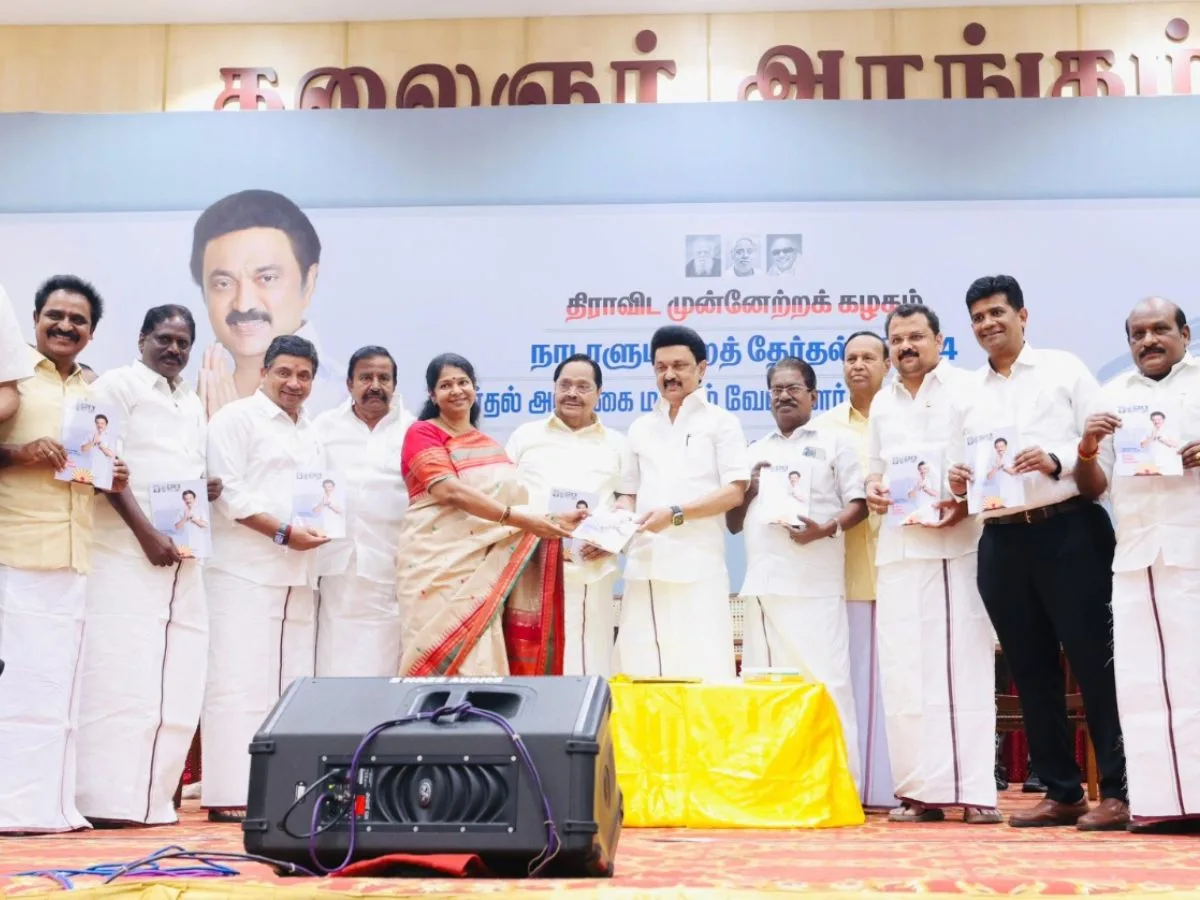Read in : தமிழ்
Millets were once a staple food but their use gradually declined. As the population increased, high yield varieties of rice helped to feed hungry mouths. Nutrition took a back seat. Besides this, wheat was introduced during famines, and migrants brought in their own cuisines. But now the concept of hidden hunger makes us review what we eat.
Every now and then, disorders and deficiencies are discovered attributed to the food we eat. When rice, which was until then a luxury item, replaced millets, diabetes crept in.
One should understand that there always exists a relationship between various nutrients that determine their availability to the boy. For instance, consuming Vitamin C along with iron rich food favours iron absorption and consuming calcium along with iron rich foods hinders iron absorption. The bioavailability of the nutrient depends on the health status of the individual. For example, if a girl is calcium and iron deficient and if she consumes calcium and iron rich food together, the body has the tendency to absorb only calcium, not iron. The iron is leached out of the body without being absorbed. In such cases, calcium rich food and iron rich food should be consumed at different meals along with nutrients that favour each one’s absorption.
Millets are now getting attention among the diabetic, obese and health conscious population.
Millets are loaded with nutritional and anti-nutritional factors described above. Hence, knowledge of how to consume millets is required to get complete benefit from it.
Millets are now getting attention among the diabetic, obese and health conscious population. Millets produced most are sorghum, finger millet, pearl millet, foxtail millet, barnyard millet, proso millet, kodo millet and little millet. India is the largest producer of millets like finger millet, kodo millet, foxtail millet, little millet and proso millet. Millets are rich in B vitamins, calcium, iron, potassium, magnesium and zinc. They are gluten-free and have low-GI (Glycemic Index). Thus millets are suitable for people with allergies/intolerance to wheat.
Tamil Nadu has access to all these millets and we can see millet-based commerce booming. Variety in millet-based recipes is increasing and snacking millet-based products is gaining interest. To list a few, we have millet based pastas, noodles, idli-dosa mixes, adai mixes, kichadi mix, millet murukku, laddu, namkeen, bakery products and so on. The traditional way of consuming them includes porridge, puttu and rotis. A commonly used infant food is ragi malt which serves as the first food for weaning babies. Ragi malt is nutritionally
compared with breast milk because of the micronutrients it possesses.
Oxalates in the millets favour the formation of kidney stones and the effect can be minimized through blanching. Soaking helps to reduce the saponin content in millets
The pattern of consumption of millets in the olden days and recent days is different. In the past, the porridge was soaked, germinated and subjected to fermentation adding curd and then consumed. These pre-processing techniques reduce the anti-nutritional factors and improve the bioavailability of the nutrients to the body. But now, the millets are procured, cooked and consumed which gives only minimum nutritional effect to the body.
Moreover, the availability of polished millet grains will do little good to the body just like polished rice. Use of certain pre-processing techniques like soaking, sprouting, drying, roasting will help to reduce the anti-nutritional factors of millets and improve their nutritional qualities.
The anti-nutritional factors present in millets are saponins, phytates, tannins, goitrogens and oxalates. Various researches have reported the effect of processing methods in deactivating the anti-nutritional factors present in millets.

Millet Khichdi and laal maas made at the London Restaurant Indian Accent (Photo Credit: Flickr – Lou Stejskal)
Oxalates in the millets favour the formation of kidney stones and the effect can be minimized through blanching. Soaking helps to reduce the saponin content in millets. Soaking and germination of millets helps to reduce phytate activity thereby improving calcium availability and increased the percentage of calcium, magnesium, iron and zinc. Germination and fermentation decreases anti-nutritional factors and improves availability.
Goitrogens present in millets interferes in iodine absorption thereby causing goitre. The prevalence of hypothyroidism is around 11% in Indians says a Lancet report. The report also says that pesticides, endocrine disruptors, unclean drinking water and industrial pollutants like resorcinol and pthalic acid are also the causes of IDD in India. If goitrogen is from a food source individuals with Iodine Deficiency Disorders (IDD) can control their intake by themselves. But when it is caused through other means it is the government that should take the initiative to avoid such contaminants instead of spending more funds in supplementation/fortification through government intervention schemes. Government intervention programmes have supported and helped to reduce the levels of IDD in India.

Millets with Red Lentils, spring onions and raisins (Photo Credit: Wikimedia Commons – Katrin Gilger)
Choosing the right millet in the right season is a must to keep oneself healthy and not suffer from aggravated side effects like heat, digestive disorders, headache or nausea. For example, ragi and bajra are acceptable to some along with butter milk/curd and to a few others with gingelly oil and jaggery. Consuming effectively and in a suitable manner makes millets friendly to the gastro-intestinal track. Each millet has a unique functional quality and should be selected accordingly for specific health purposes.
The government order regarding supplying millets through PDS is a welcome move. It will make millets available at subsidized rates. India’s first-ever national (Multidimensional Poverty Index) MPI measured the poverty status of the states in India. The report says India may experience increase in poverty rate due to COVID. One criteria that was included as an indicator is health and nutrition. With nearly 7 million people losing their jobs this year, consumption expenditure will decrease. In such a situation, millets supplied through PDS will be well received by the population.
People who are moderate or heavy workers can easily include millet-based foods frequently.
Some researchers and specialists have come up with carefully prepared diets for specific needs of individuals. Such costly diets may not be feasible for the vast majority of the population. People who are moderate or heavy workers can easily include millet-based foods frequently.
If goitrogens are a major concern, then their presence can be marked in the labels. Those who have Iodine Deficiency Disorders can then avoid such millet-based foods.
Read in : தமிழ்











